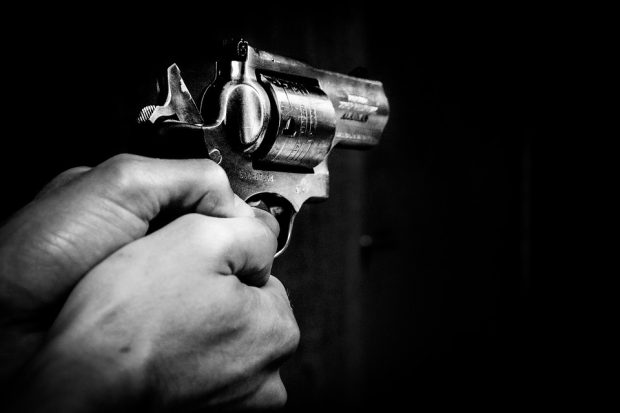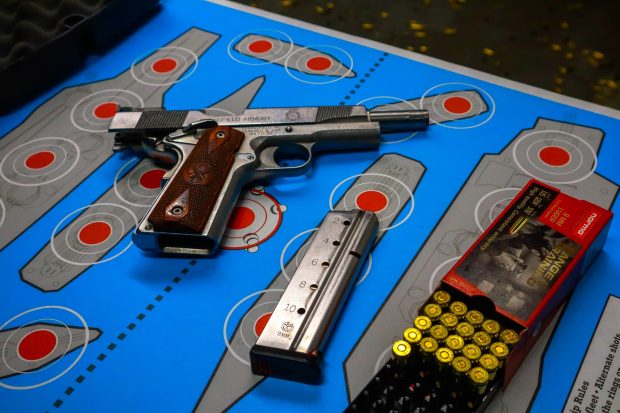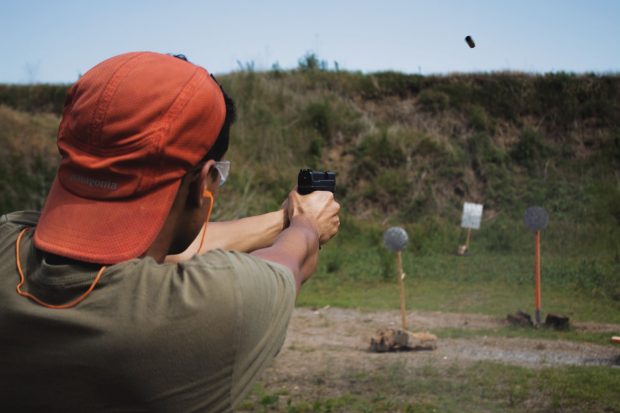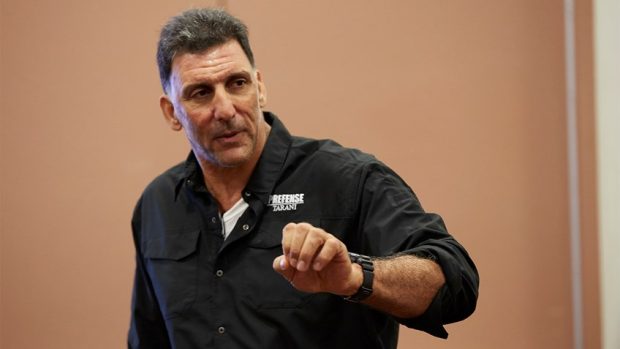*This is guest article from Steve Tarani and The Gun Mag warehouse. The second knife fighting course I ever took as a student was taught by Steve more than 20 years ago. He is a tremendously gifted instructor with a unique perspective. I think you will enjoy the piece below.
– Greg
Whether trying to learn a new skill or further develop an existing one, ‘absorption’ and ‘retention’ become your responsibility. What are the recommended tools for your kit that can help raise your learning curve? Time management, on-demand repeatability, and sustainment training.
Time Management
If you don’t spend enough time learning something, then it doesn’t have a chance to soak into your brain box (absorption). On the opposite end of the learning spectrum, once you’ve gained a repeatable skill (retention) it then becomes perishable over time the longer you don’t use it. As the saying goes – if you don’t use it, you lose it.
Time becomes a critical factor in both absorption and retention. Allocating time requires commitment and discipline. Inspiring passion, you are motivated to learn how to shoot better so you make the commitment to read books, watch videos, go to training classes, dry fire, and the like.
However, motivation is fueled by passion and when passion wanes you only have discipline to keep forward momentum in your learning.
Passion is derived from emotional content whereas discipline is a matter of will.
When it comes to learning, a paramount consideration is: Do you have the will to learn? Are you willing to carve out a long-term dedicated block of training time every week? If so, do you have both the motivation (passion) and then discipline (will) to stick with it? If you can’t roger up to these then it’s not worth your time or effort to try. On the other hand, if this is something to which you can fully commit, then there’s a few tricks up the master instructor’s sleeve that you can apply to mold your learning curve into the shape of a hockey stick.

This isn’t just about learning to shoot better. Frank Bullitt didn’t just suddenly know how to pursuit drive effectively (he didn’t drive this kind of car either). He trained at it. Ask Johnny Ross and hitmen Mike and Phil how that paid off for him.
Repeatability
When learning or further developing any skill, how you know you’ve got it down cold is if you can repeat it again and again at least 85% of the time (or more). How you get to that point is to do everything right.
Case in point. Example of learning new or further developing skill: present your handgun from your holster to the target and press off a round at ten yards into the head of an IPSC target in under two seconds. For those shooters who this might be a cake walk, then notch the time down a half-second or more as your training objective.

Part of meeting your training objective is that you shouldn’t set the bar too low, nor should it be set too high. A training objective should be challenging yet attainable for your current skill level.
Once you’ve set a realistic training objective, then bending that learning curve upward becomes a matter of familiarizing yourself with what is ‘right’ (executing your shooting fundamentals such as positive grip, sight alignment, fire control, follow-through, and the like) versus knowing what is ‘wrong’ (poor grip, bad trigger press, misalignment, pre-ignition flinch, et al).
When executing a technique during a drill or exercise if you did everything ‘right’ then you hit the target exactly where and when you intended. If you did enough things wrong, then you missed. It’s a simple concept but not an easy one to follow.
If you end up doing it right 85% of the time, then you can check the ‘I’ve got it!” box as you have now gained the skill and can pull it off at least 85% of the time on demand. On-demand repeatability is the only way to know for sure that you’ve got it.

Sustainment
All skills are perishable. The very first things to go are the finer technical aspects such as feel (or touch) and timing. The other parts of your skills may take longer to attenuate. Regardless, there are three ways that you can sustain your newly gained skills – visualization, practice and integration.
One sustainment modality is mental visualization. In an interview with multiple world-champion and Master level trainer Rob Leatham, when asked about missing training on long intercontinental flights, Leatham says that he’s never not training. When he’s traveling, he drills by visualizing each movement of the gun with such clarity that it’s as if he’s on a range. The subconscious mind can’t differentiate so you can rack up your daily repetitions.
Another modality is quality physical practice. Dr. Lara Boyd, Brain Researcher and Professor at the University of British Columbia, provides insightful perspective of our understanding human physiology as it relates to behavior. She explains why and how behavior changes your brain. The more you practice, the more you change your brain to retain long term learning. Dr. Boyd states:
“The primary driver of change in your brain is your behavior. Patterns of neuroplasticity (changing your brain to learn a skill) vary from person to person. Nothing is more effective than practice to help you learn. The bottom line is that you must do the work yourself. There’s no pill you can take and no one else can do it for you. Behaviors that you employ in your everyday life are important, each of them changes your brain.”
International martial arts phenomenon Bruce Lee once said “I do not fear the man who does 10,000 kicks in one day. I fear the man who does one kick every day for 10,000 days.”
Last, but certainly not least, is to integrate a fundamental skill into a layered complex skill. Taking the above example of presenting the firearm and delivering one round to the head-box at ten yards, now add 5 more rounds to that and change the time to three seconds. Far more challenging and with multiple layers of complexity, it incorporates your fundamental skill into the overall drill – and it must be done correctly.

The best kept secret to raising your learning curve is absorption and retention. How you get there is by employing effective time management, developing your ability to repeat the skill on-demand at least 85% of the time (remember that your training objective should be challenging yet attainable!) and by sustaining the skills you’ve attained. Sustainment can be accomplished by running mental image pictures, physical practice or integrating sub-set skills into more complex drills and exercises. Any one or a combination of these will support your retention.
Read more in the Gospel of Soft Skills series on The Mag Life, the official blog of GunMag Warehouse.
About the Author: Steve Tarani is a former fulltime CIA protective programs employee, small arms and defensive tactics subject matter expert who served on POTUS 45 pre-election executive protection detail. He is the lead instructor for NRA’s non-ballistic weapons training program offered nationally. Tarani is also a DoD and FLETC-certified federal firearms instructor who has been on staff at Gunsite Academy (AZ) as a Rangemaster for over twenty years. Formerly sworn, he is also a former federal contractor and service provider for the US Defense Intelligence Community, US Naval Special Operations Command and other government agencies. Additionally, Tarani serves on the National Sheriffs’ Association Committee for School Safety and Security.


